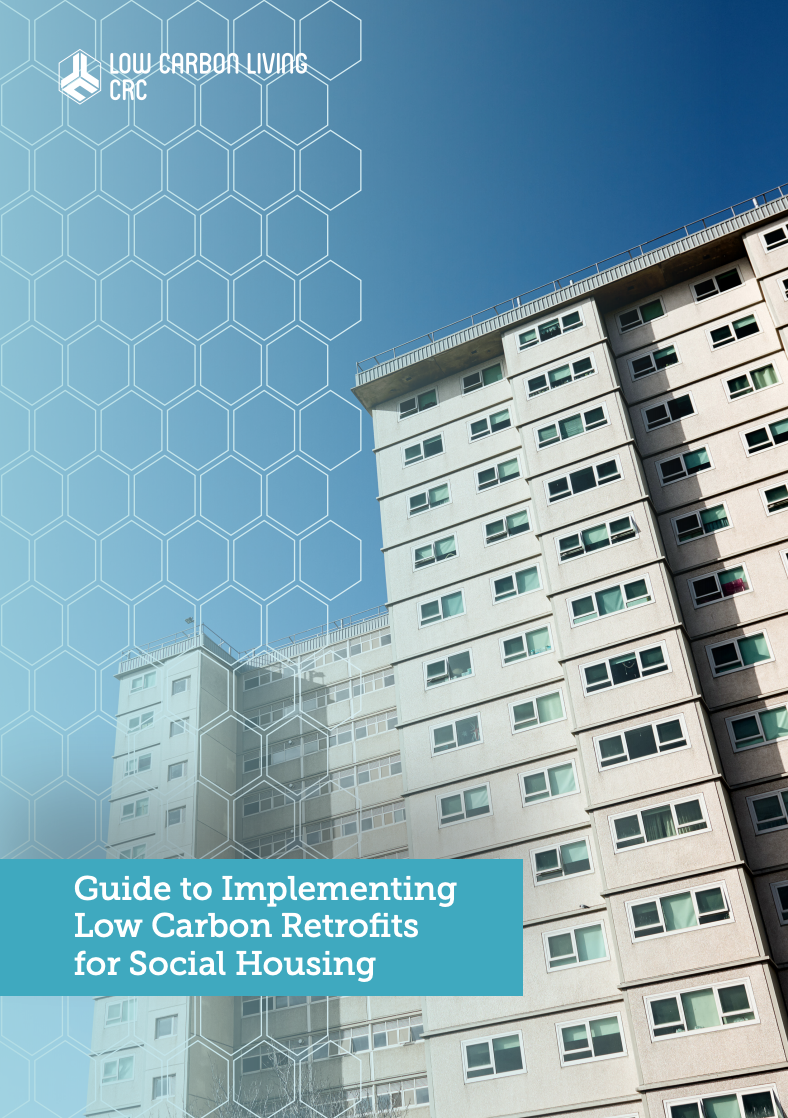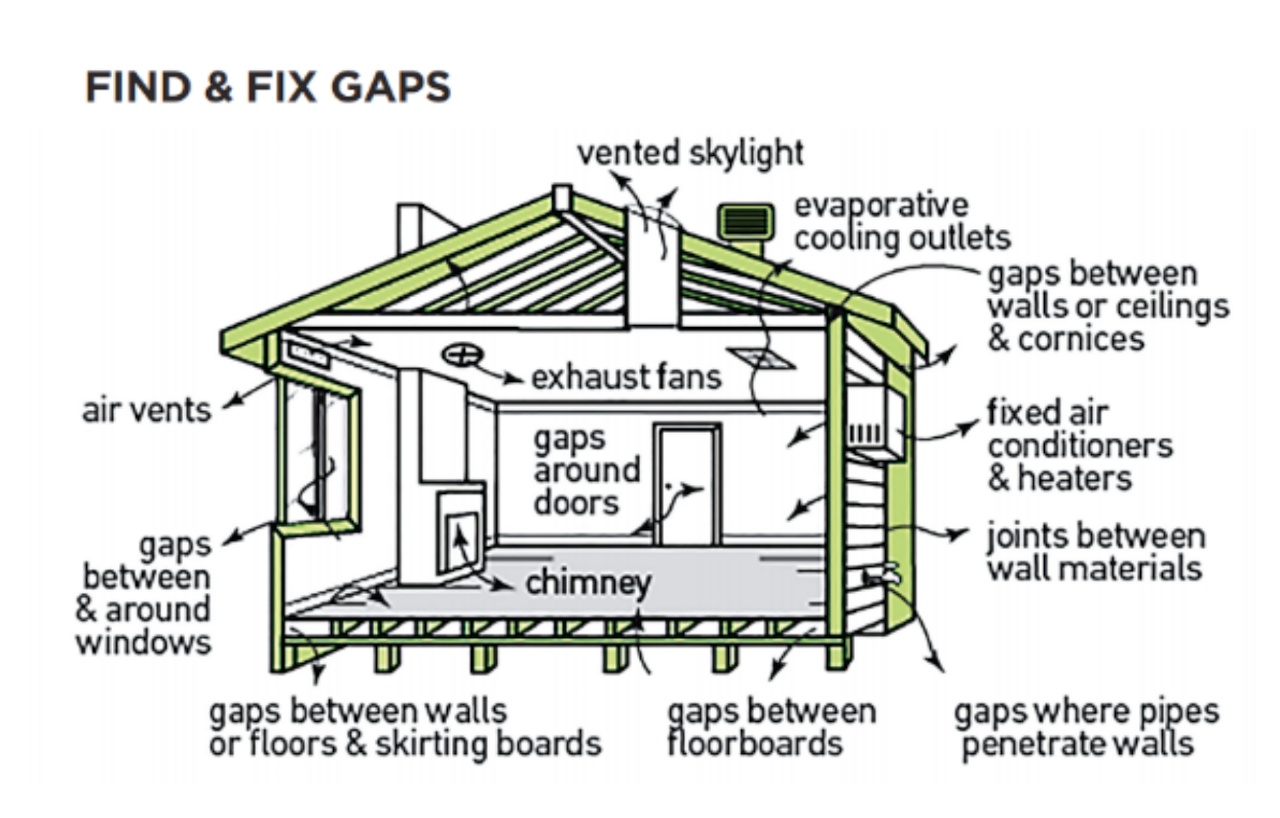Lowering carbon emissions in social housing can yield multiple benefits and improve the ability of tenants to stay comfortable in periods of intense heat or cold weather.
One of the opportunities is the relatively centralised ownership and management of the stock. This enables providers to develop a process for improving their stock and then roll it out at scale, Dr Daniel Daly from the University of Wollongong Sustainable Buildings Research Centre says.















